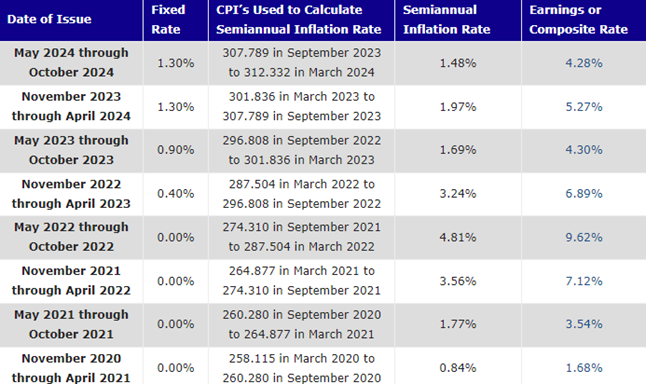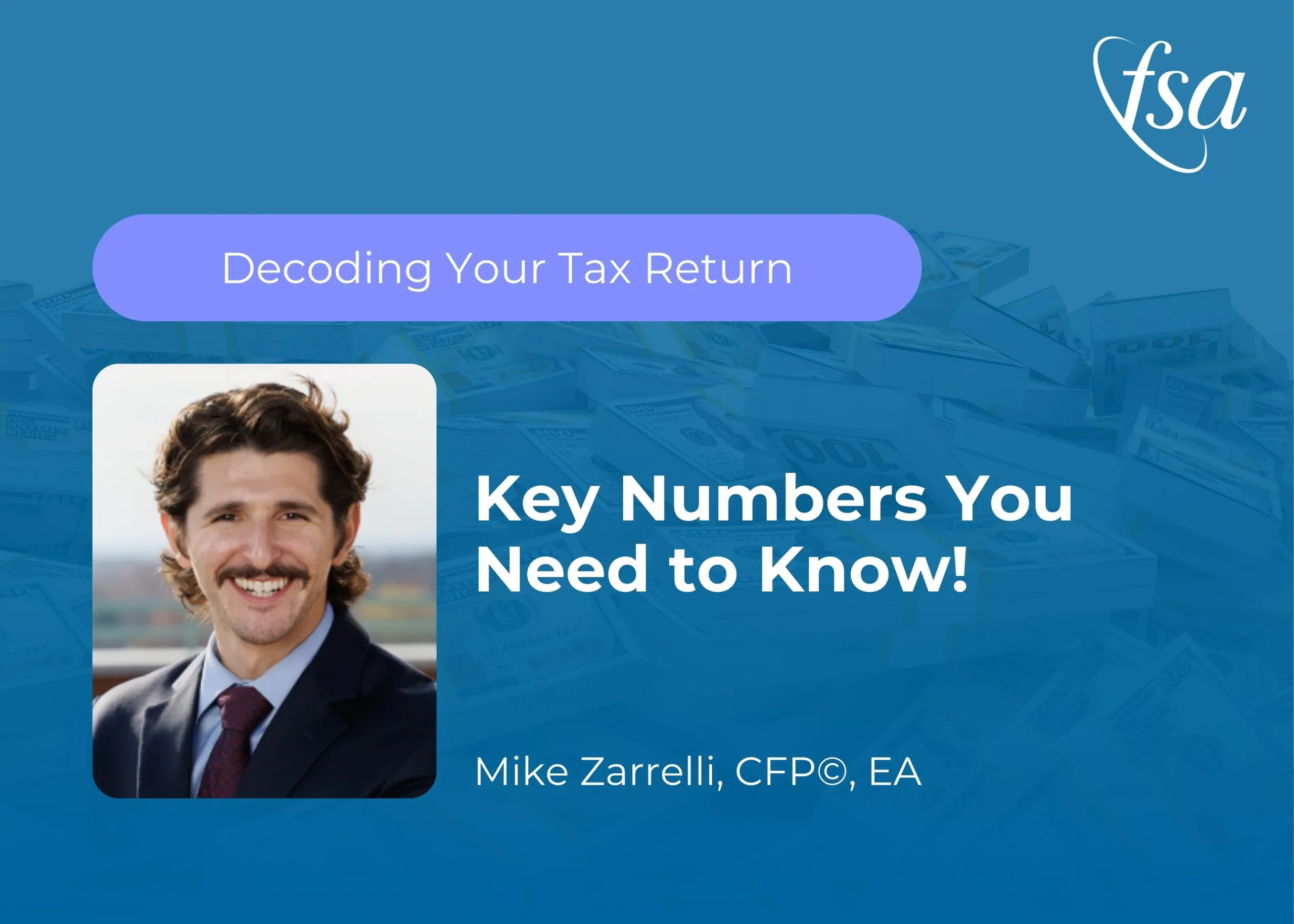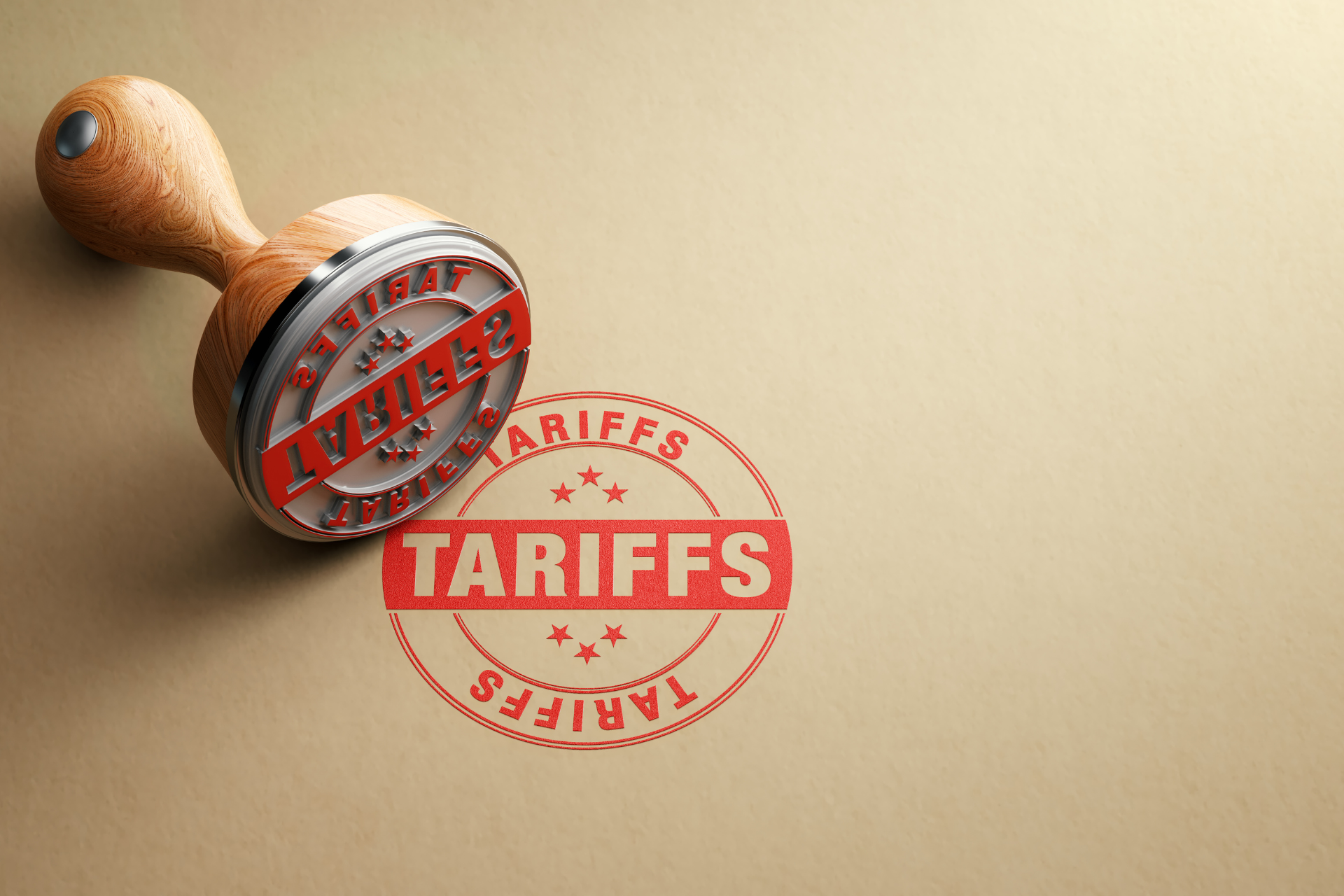If you purchased I Bonds in 2021/2022, you may be wondering what to do with them now. Back then, I Bonds were all the rage because their coupon payments went from 3.54% to as high as 9.62% due to increased inflation. With their current yield around 4.28%, it may be time to figure out what your next move is. Let’s dive right in!
What Are I Bonds?
I Bonds are a type of U.S. savings bond that are designed to protect the value of your cash from inflation. They are issued by the U.S. Department of the Treasury and can be purchased online at www.TreasuryDirect.gov. The minimum purchase amount for electronic I Bonds is $25, while paper I Bonds are issued in denominations of $50, $100, $200, $500, and $1,000.
I Bonds offer a low-risk investment with a fixed rate of return plus an adjustable rate that is tied to inflation. The variable rate is updated every six months based on the newest inflation readings (the Consumer Price Index for all Urban Consumers (CPI-U)). The interest on I Bonds is compounded semiannually and paid when the bond is redeemed.
This adjustable component to the bonds is the reason the yield has fluctuated up and back down the past handful of years. Below is a chart of the historic yield from I Bonds:
I Bonds come with strings attached. They have a minimum holding period of one year and a maximum holding period of 30 years, but you can cash them in after one year. However, if you cash them in before five years, you will forfeit the last three months of interest.
The interest on I Bonds is exempt from state and local taxes but is subject to federal income tax. However, if you use the proceeds from the sale of I Bonds to pay for qualified higher education expenses, the interest may be tax-free.
Now that we have the I bond basics down, what are your options?
What Do You Want to Accomplish with the Funds?
The first step in deciding to do anything with your money is to evaluate your current financial goals and the purpose of this bucket of money. Are you saving for a short-term goal, such as a down payment on a house, a car purchase, a vacation, etc., or a long-term goal, such as retirement? Do you need access to the funds in the near future, or can you afford to hold onto them for a longer period of time?
Once you have a clear understanding of the job that the money needs to accomplish, you can determine whether your I Bonds are the best investment vehicle to help you achieve that money’s job. For example, if the I Bonds are an extension of your emergency fund, leaving as is could make sense. There may be higher yielding options now, but we’ll cover that further below. If the funds are really earmarked for something further down the road, say more than five to ten years, then you may want to invest in something with a higher risk/reward trade off.
What Are Your Options?
As with most situations, you have several options. First and foremost, you can keep them as is if the I Bonds are serving the money’s job well. Currently earning above 4% is not too bad.
That said, if the money is earmarked for something within a handful of years and you want to earn a higher yield on your money without taking much more risk, you could reinvest the money in a high yield savings account (HYSA), a money market fund, or CDs at your bank. You’ll need to shop for rates, but as of June 2024, you can find options paying around 5%.
If the money is earmarked for something with a longer time horizon, then it is not a bad idea to reevaluate if you are taking enough risk to earn more reward with the money. For example, if the funds are part of your retirement portfolio and retirement is still 15-20 years away, you could invest in a diversified portfolio of longer maturity bonds and stocks to potentially achieve higher returns. Again, the longer time horizon gives you the opportunity to take on more risk.
Redeeming Strategies to Consider
If you decided to redeem your I Bonds, you may want to consider a couple of timing strategies to maximize their value. For those that have held their I Bonds for less than five years, one strategy is to wait until the interest recalculates to determine the timing of your redemption. Remember you give up the past three months of interest when you redeem them within five years, so it makes sense to give up the lowest yield possible. For example, if I Bonds were paying 5% for the previous six months but for the next six months are paying 3.5%, you’d rather forfeit the 3.5% interest payments than the 5%. To do this correctly, you’ll have to accrue three months of the lower interest before redeeming the bonds.
Also, if possible, you can try redeeming them in a year where your income is lower. This may help you reduce the taxes owed on the interest earned, as the interest earned during the life of the bond is paid and taxable in the year you redeem it.
The Bottom Line
I Bonds seemed very promising during 2021 and 2022 with a pretty high yield above 9%, but now that inflation has tamed, the value of I Bonds may have run its course. Now is a great time to reevaluate whether I Bonds still make sense for your situation.
As financial advisors, it is our job to help clients put their money in the right vehicles to accomplish their goals. If you have any questions about what to do with your I Bonds or cash on hand, send us an email at [email protected] or click here to schedule a call with one of FSA’s CERTIFIED FINANCIAL PLANNER™ professionals.
See you in the next blog post!
FSA’s current written Disclosure Brochure and Privacy Notice discussing our current advisory services and fees is also available at https://fsawealthpartners.com/disclosures/ or by calling 301-949-7300.





